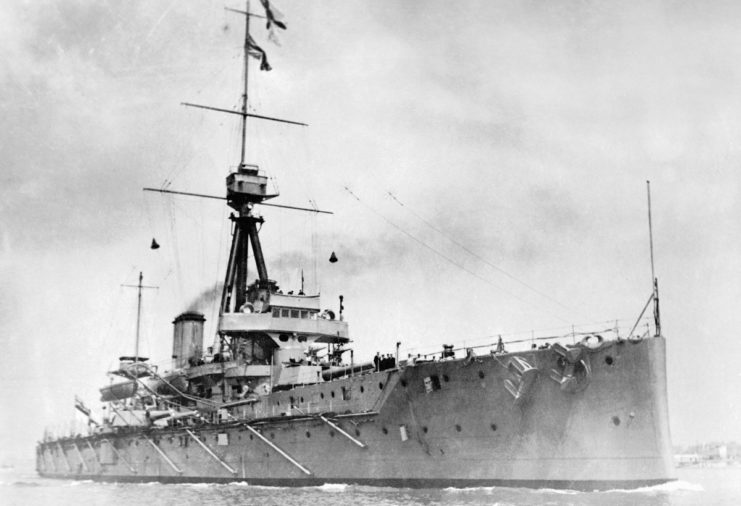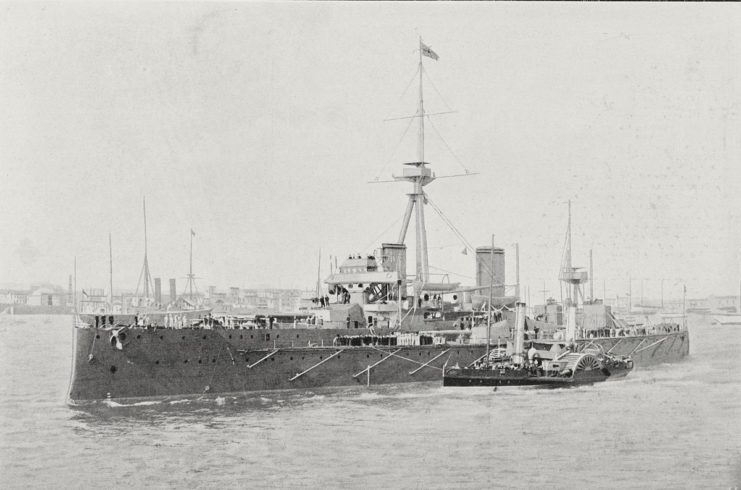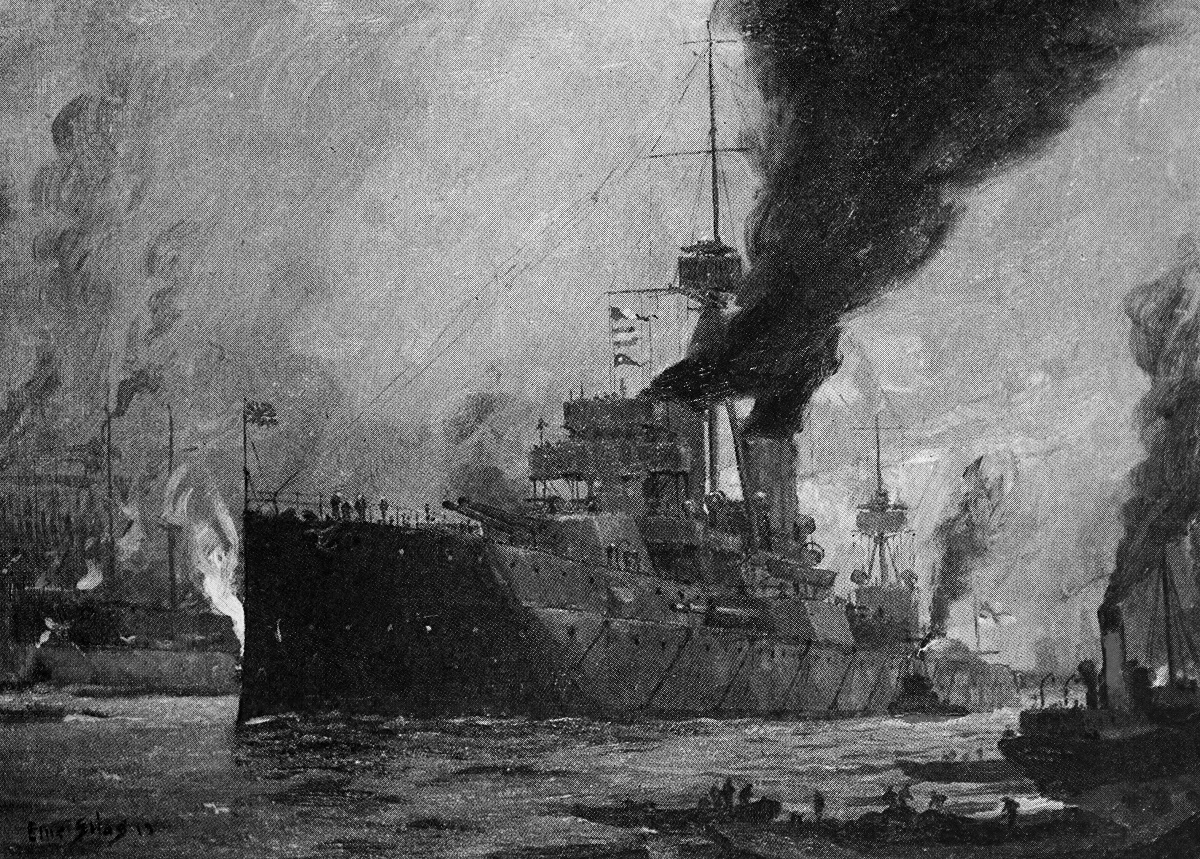The HMS Dreadnought was a vessel that quite literally changed the path of naval warfare and design philosophy. She brought in a whole host of new and revolutionary features that rendered every battleship that had come before her obsolete overnight. Fast, well armored, and carrying heavy guns that were complemented by an effective fire control system, it was the most powerful ship in the world. In fact, she was so influential that she spawned an entire generation of battleships named dreadnoughts.
For all of her greatness, Dreadnought served a relatively lackluster career and was quickly superseded and rendered obsolete by the very arms race she sparked. With that being said, it carries the notable distinction of being the only battleship to sink a submarine.
Before Dreadnought
Before the hull of Dreadnought was laid down, battleship designs mostly followed the expected means of fighting at sea: by saturating the enemy with overwhelming firepower at relatively close ranges. As such, battleships were armed with guns widely varying in caliber to handle different threats at different ranges.
This started to change toward the end of the 19th century and early 20th century though. Advances in optics, the increasing use of torpedoes, and improvements in weapon accuracy meant ships were more vulnerable at close ranges than before. To negate these threats, battleships needed to operate further away from their target.
As ranges grew, guns grew larger to maintain their effectiveness. Eventually, ships were using heavy guns bigger than 10 inches in caliber and firing at ranges so large that observers had to wait for the shells to actually reach the target before making corrections. The massive assortment of smaller weapons still found on ships caused problems, with the smoke they generated blinded observers. Furthermore, it was hard for observers to tell which shell splashes occurred from which guns, as the target would become bracketed in fire by all available calibers.
Because of this, naval designers were progressing towards the idea of “all big gun” ships. These vessels would carry a powerful main armament that served as the primary offensive battery at the expense of many smaller guns. Navies around the world were slowly working towards this arrangement when the British dropped HMS Dreadnought.
It was the sixth British vessel to use the fearsome name, which meant “fear nothing”.
Entering service in 1906, this battleship revolutionized how battleships were not only built but how they were used.
HMS Dreadnought

The ship possessed a number of attributes that had not yet been seen all on one ship before. Naturally, as a battleship, she carried large and powerful guns, but hers were different. She was one of the first battleships to be fitted with a number of instruments that not only helped establish a targets range and its required lead but also sent that information electronically to each turret.
Regarding the weapons themselves, she carried a mighty armament of ten 12 inch guns, mounted in five turrets – two guns per turret. Dreadnought did not feature superfiring gun turrets but instead had one forward turret and two rear turrets. Slightly forward of the ship’s mid-section were another two 12 inch gun turrets flanking the forward turret when viewed from the front. This arrangement allowed Dreadnought to fire an eight-gun broadside.
Aside from this, she carried twenty-seven 12-pdr (3 in (76 mm)) guns.
In terms of armor, Dreadnought was similar to the pre-Dreadnought Lord Nelson class – up to 305 mm on the gun turrets and 280 mm on the belt.

While these features were certainly impressive, what truly set Dreadnought apart from the rest was that she did all this while being exceptionally fast. One of the main design requirements for the vessel was that she had to be quick. Previously, battleships usually prioritized firepower and armor over speed, but Dreadnought did it all.
She was the first battleship to be powered by turbines instead of the older reciprocating triple-expansion steam engines. This meant that while older battleships were chugging along at around 18 knots, Dreadnought – all 22,000 tons of her – was cruising at 21 knots.
Upon her introduction, her impact was so great that, ironically, it made navies around the world react at a previously unseen speed. Soon, navies had ships that at the very least rivaled Dreadnought and in many cases superseded her. Over the next decade, much more powerful ships would enter service, armed with larger guns and even thicker armor. These were known as super-dreadnoughts.
As a piece of technology Dreadnought was groundbreaking, however, her career was rather unimpressive. She served as the Home Fleet’s flagship for a while but was replaced in 1912 by more capable vessels. In 1915 a German U-boat snuck into Pentland Firth in an attempt to sink ships from the Grand Fleet.
The U-29 was spotted after firing her torpedoes and then subsequently chased down by Dreadnought. The flagship rammed into the submarine, cutting the sub in half and taking all hands. The chase only lasted a few minutes.
As WWI went on it became clear that the now decade-old battleship was past her prime. When the war ended Dreadnought was placed into reserve and scrapped in 1923.
